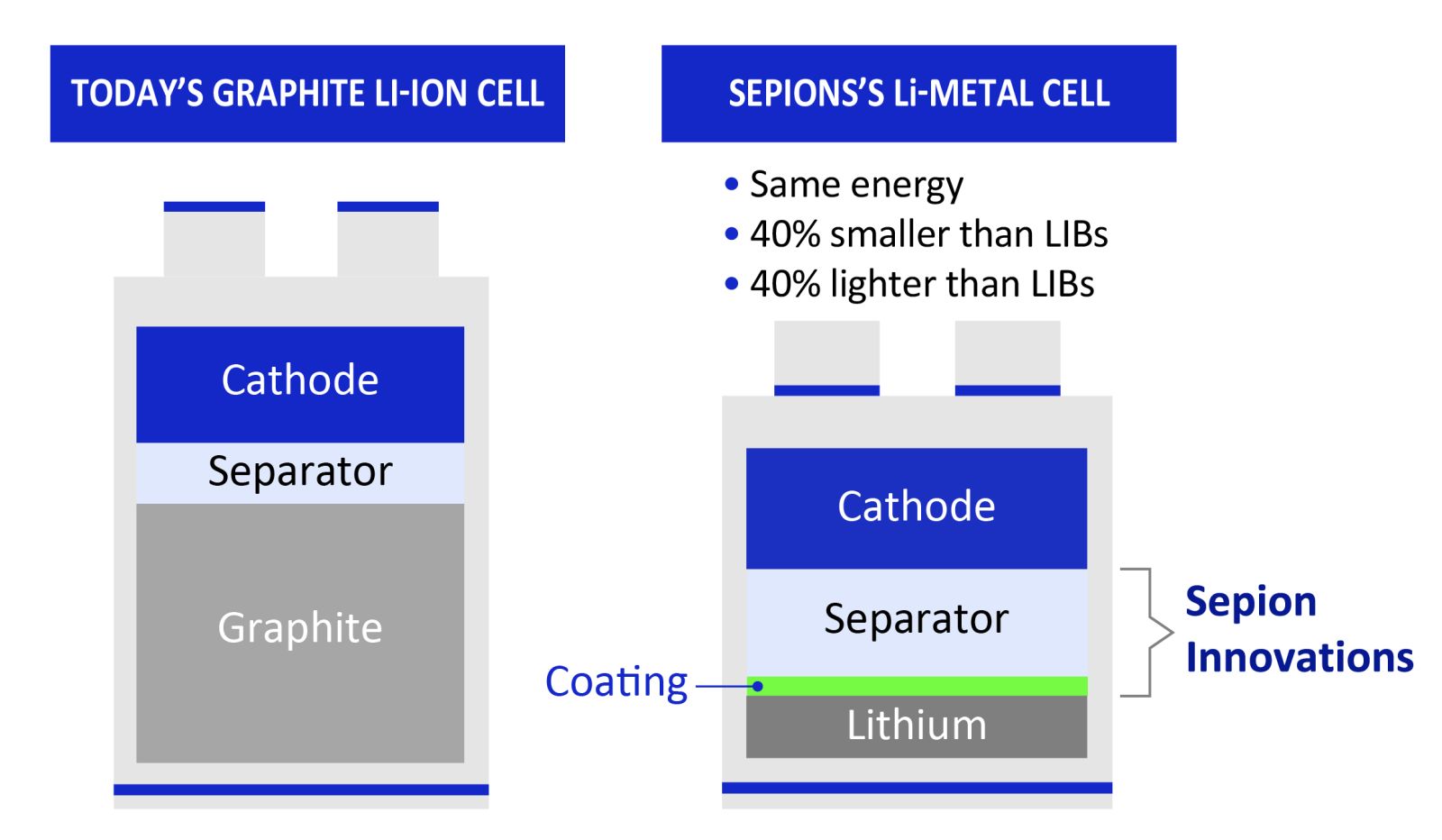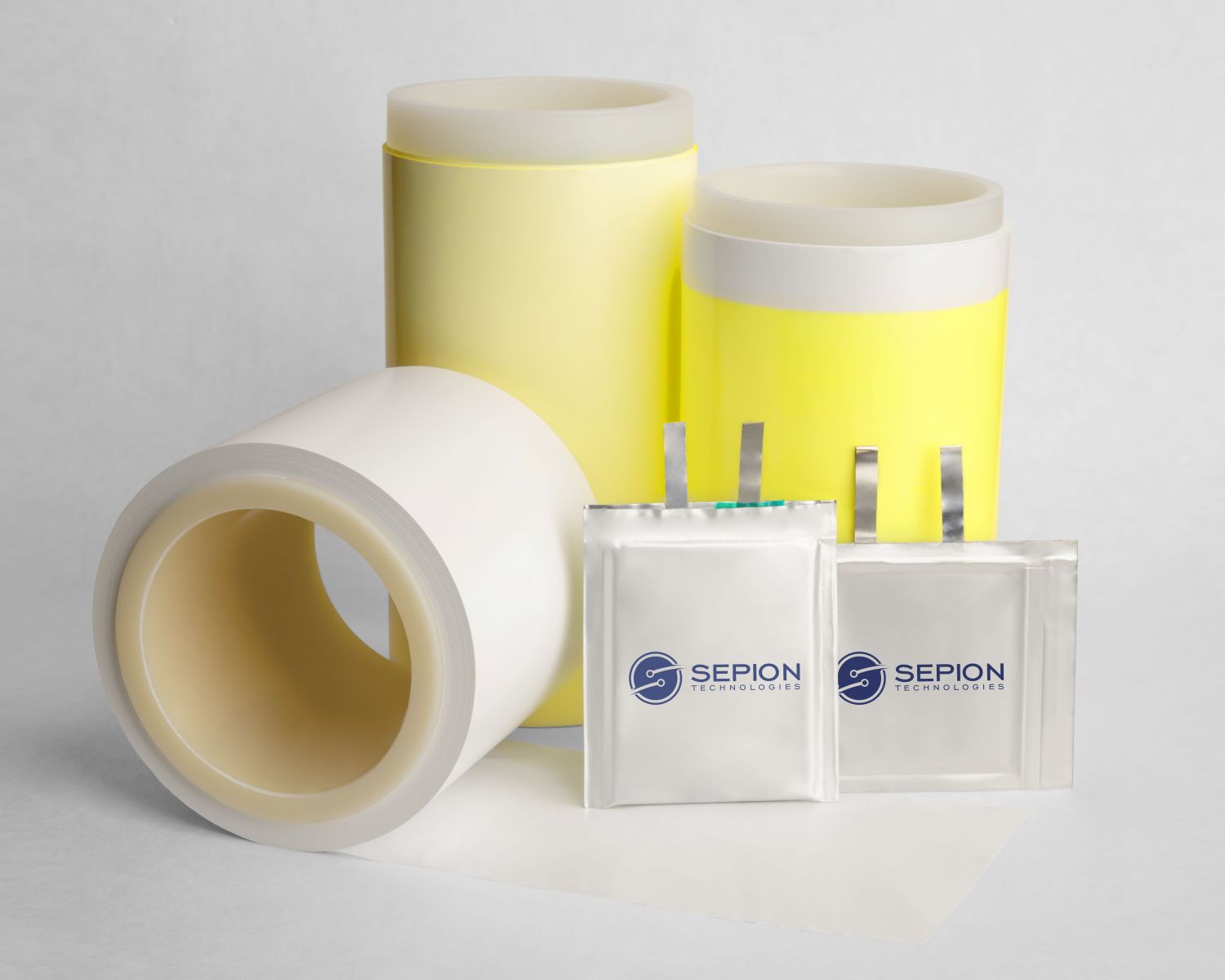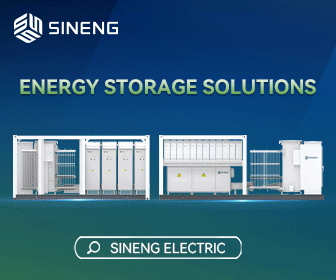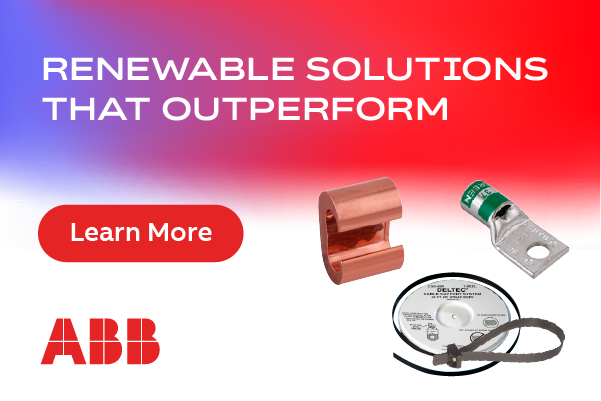Next-Gen Lithium Batteries to Advance Clean Energy Goals
Vehicle electrification will play a key role in helping us achieve the ambitious goal of carbon-neutral emissions by 2050. With incumbent energy storage technologies, range anxiety, limited fast-charge capability, and cost have been barriers to mass adoption of electric vehicles (EVs). EV owners don’t want to feel uncertain of whether they’ll be able to make it to the next charge station to “fill up,” wait too long to recharge, avoid peak-time surcharges, or experience unreliable hardware. Lithium-metal batteries (LMBs) are showing much promise in overcoming all these challenges.
Challenges
While lithium-ion batteries (LIBs) have been instrumental in driving the EV revolution, their reliance on graphite anodes presents several limitations when it comes to delivering a favorable user experience. Customers often complain of range anxiety—having to charge too often—and limited fast-charge capability. They seek a refueling-type experience like that of conventional gasoline vehicles. Moreover, the high cost of LIBs has also hampered their widespread adoption. Overcoming these obstacles will require a paradigm shift from graphite to lithium-metal anodes, making LMBs an emerging and highly promising solution.
Lithium-Metal Batteries
 Researchers are actively investigating LMB technology as a potential holy grail for the EV industry. With roughly tenfold-higher specific capacity on offer, lithium-metal anodes can safely unlock a 40 percent increase in battery energy density that will mitigate range anxiety from EVs. While the concept of utilizing lithium-metal anodes in place of graphite isn’t new, the challenges so far have been mostly associated with safety and longevity when cycling that lithium-metal anode. If a lithium-metal anode is cycled in a conventional cell configuration, it tends to quickly grow dendrites, which are one-dimensional needle-like structures of metallic lithium that can pierce the separator and short-circuit the battery. These dendrites result in either unwanted safety incidents or, in the best case, inadequate cycle life as required by automakers and consumers.
Researchers are actively investigating LMB technology as a potential holy grail for the EV industry. With roughly tenfold-higher specific capacity on offer, lithium-metal anodes can safely unlock a 40 percent increase in battery energy density that will mitigate range anxiety from EVs. While the concept of utilizing lithium-metal anodes in place of graphite isn’t new, the challenges so far have been mostly associated with safety and longevity when cycling that lithium-metal anode. If a lithium-metal anode is cycled in a conventional cell configuration, it tends to quickly grow dendrites, which are one-dimensional needle-like structures of metallic lithium that can pierce the separator and short-circuit the battery. These dendrites result in either unwanted safety incidents or, in the best case, inadequate cycle life as required by automakers and consumers.

Figure 1. Single layer representation of a conventional lithium-ion cell compared to a lithium-metal cell with Sepion’s coated separator and liquid electrolyte.
One simple and scalable approach under development to replace graphite anodes with lithium-metal involves implementing ultra-thin, nanoporous polymer coatings on conventional polyethylene separators used in LIBs, with the polymer coating interfacing the lithium-metal anode. These nanoporous coatings help reduce the surface area of lithium electrodeposition by altering lithium coordination and its transport at the electrode surface. They also maintain a tight
interface at the electrode, which enables a uniform two-dimensional plating of the lithium across the entire electrode surface, versus one-dimensional growth that often results in the formation of dendrites. Moreover, the coated separators (Figure 1) can be roll-to-roll manufactured in high volume, making them entirely drop-in compatible with established LIB manufacturing infrastructure. Not only does this significantly de-risk the supply chain, but it also offers a faster path to market.
In addition, limited fast-charging performance has long been the Achilles Heel of conventional LIBs, particularly at sub-zero temperatures or states of charge exceeding ~80 percent. Uneven deposition of lithium stemming from the slightest of overpotentials at conventional graphite anodes results in its dendritic growth, thereby creating short circuits within a battery (leading to premature failures or unwanted safety incidents). If uniform plating and stripping of the lithium-metal can be accomplished at the electrode surface, LMBs can deliver significant fast-charge performance improvements, even at colder temperatures, and while maintaining a high level of safety.

Figure 2. Separators and Lithium-Metal Battery Cells in Pouch Format.
 Advantages
Advantages
Customer demand for more model variety is pulling LMBs into the market; the true value of smaller and lighter LMBs is in the design optionality they enable for EV manufacturers. This ultimately unlocks more EV choices for consumers. When the battery can be smaller and lighter, vehicles may be designed the same way with greater range, or they may be redesigned to save space, improve aesthetics, or lower cost, while offering a similar range to a LIB-powered EV today. A Gigafactory-compatible LMB solution that unlocks a 40 percent increase in energy throughput, with existing LIB manufacturing infrastructure, offers considerable cost savings that can be passed on to end users. Early demonstrations have successfully showcased considerable energy density and fast-charge improvements in LMBs utilizing separator coatings. This ongoing development towards energy-dense commercial LMBs (Figure 2) promises to offer many benefits for e-Mobility applications.
Conclusion
 Fully electrified automotive powertrains hold immense potential as the world moves towards a carbon-neutral future. The development and widespread deployment of next-generation LMBs can overcome the pain points experienced by EV manufacturers and consumers alike—addressing range anxiety and the need to charge an EV quickly and at cost parity with today’s gasoline-powered vehicles. Combined with renewable energy generation, improved charging infrastructure, and supportive policies and regulations at the state and federal level, LMBs can drive the mass adoption of EVs, significantly reducing carbon emissions and fostering sustainable transportation systems. The ongoing innovations and advancements in LMB technology hold much promise toward achieving clean energy goals and accelerating the global transition to all-electric mobility.
Fully electrified automotive powertrains hold immense potential as the world moves towards a carbon-neutral future. The development and widespread deployment of next-generation LMBs can overcome the pain points experienced by EV manufacturers and consumers alike—addressing range anxiety and the need to charge an EV quickly and at cost parity with today’s gasoline-powered vehicles. Combined with renewable energy generation, improved charging infrastructure, and supportive policies and regulations at the state and federal level, LMBs can drive the mass adoption of EVs, significantly reducing carbon emissions and fostering sustainable transportation systems. The ongoing innovations and advancements in LMB technology hold much promise toward achieving clean energy goals and accelerating the global transition to all-electric mobility.
 Salil Soman is VP, Business Development at Sepion Technologies. He has more than 20 years of experience across multiple battery technologies and has spent several years in key engineering management positions at BASF Corporation (formerly Ovonic Battery Company) and Robert Bosch Battery Systems, the largest tier-1 supplier to major automotive manufacturers worldwide. He holds a Master of Science in Electrical Engineering from the University of Massachusetts and an MBA in Technology Management from the University of Colorado.
Salil Soman is VP, Business Development at Sepion Technologies. He has more than 20 years of experience across multiple battery technologies and has spent several years in key engineering management positions at BASF Corporation (formerly Ovonic Battery Company) and Robert Bosch Battery Systems, the largest tier-1 supplier to major automotive manufacturers worldwide. He holds a Master of Science in Electrical Engineering from the University of Massachusetts and an MBA in Technology Management from the University of Colorado.
Sepion Technologies | sepiontechnologies.com
Author: Salil Soman
Volume: 2023 September/October









